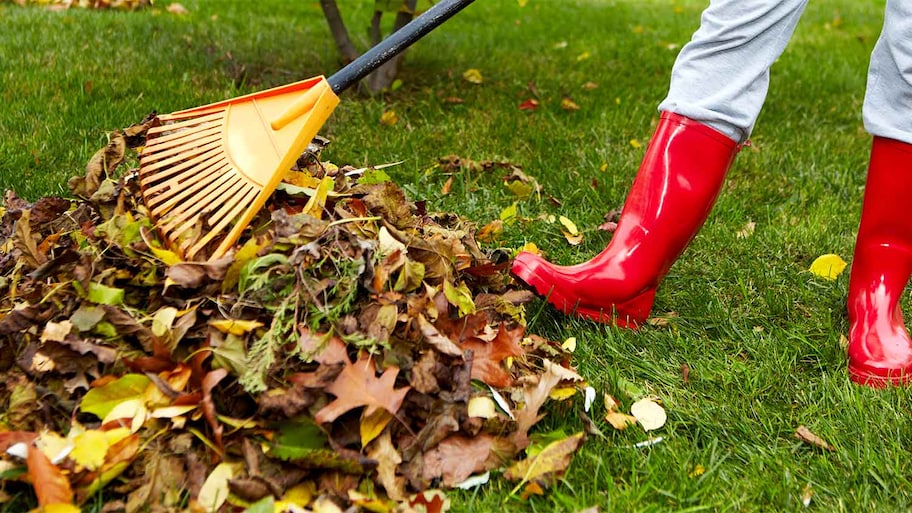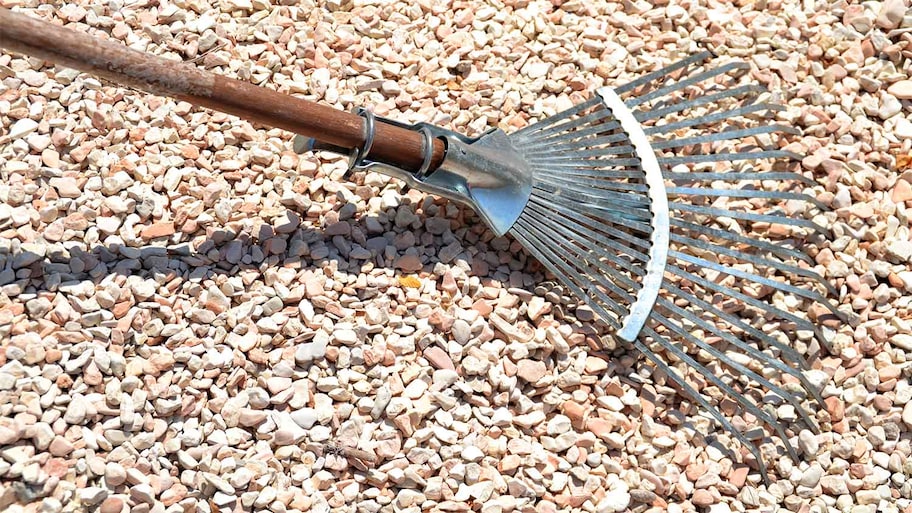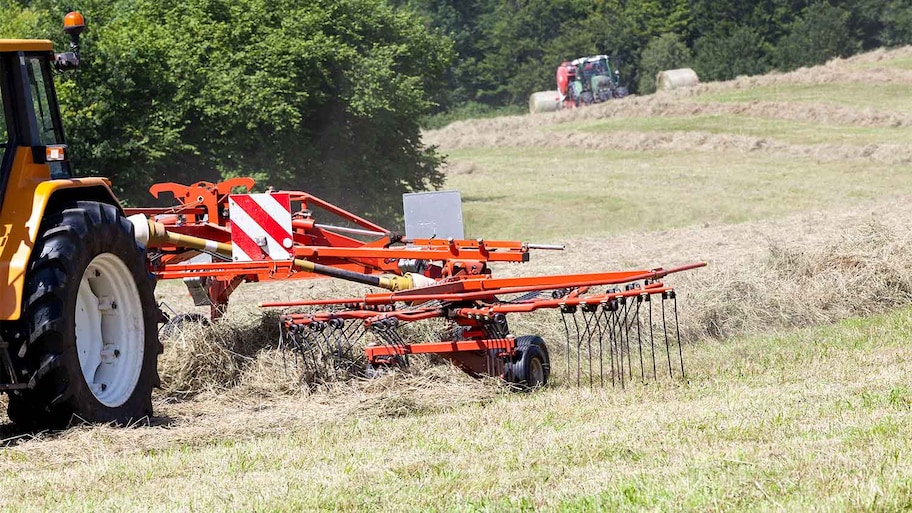Highlights
Choose your rake type based on the outdoor projects you plan to tackle with it.
Some rakes are specific to the type of material you’re raking, such as shrub and berry rakes.
You can purchase the majority of these rake types at a local or big-box hardware store.
Start here if you’re plotting your landscaping plans for spring but aren’t sure which gardening tools are essential for your yard. We’ve researched the best types of rakes on the market so you can learn which ones are best for your home, making your planting and cleaning tasks much easier.
1. Garden Rake
Garden rakes are your standard, multipurpose rakes—the type you’ll likely find in every gardener’s shed. Sometimes referred to as a dirt rake, it has steel tines, which can be curved or straight, that are good for breaking up dirt and loosening tough soil.
2. Leaf or Lawn Rake

The leaf rake, sometimes known as a lawn rake, is predominately used for raking up (you guessed it) leaves, and grass clippings. Usually made of a lightweight material, a long handle, and a fan or triangle-shaped head, this rake has tines bent at roughly 90 degrees to grab leaves without damaging your yard.
3. Shrub Rake
A shrub rake looks similar to a leaf rake but miniaturized. It has short tines and a narrow head, allowing you to reach into tight and narrow spaces that your leaf rake is too large to access, such as around fences and below shrubs.
4. Leaf-Scoop Rake
A leaf-scoop rake is a leaf rake with an added feature: a set of curved edges that hold leaves you’ve raked until you’re ready to discard them into your compost bin. Typically, these rakes are made of plastic and only suitable for leaves and other light organic material, but not gravel, soil or sand. They are useful if you have back problems and it hurts to bend over to pick up piles of leaves.
5. Landscape Rake
It’s unlikely you’ll need one of these for regular yard projects, as they are traditionally used by professional gardeners. Landscape rakes are used for large jobs like leveling soil or sand or resurfacing a yard. This rake type features a very wide head and short tines, and they’re made from strong metal to be able to withstand demanding yard work.
6. Gravel Rake

In looks, a gravel rake is very similar to a landscape rake, though the head is more narrow (18 to 28 inches compared to 30 to 38 inches). The tines are made of solid, strong metal, powerful enough to move pebbles around while also being lightweight for easy use.
7. Thatch Rake
Thatch is the buildup of natural debris at the base of your grass, and too much of it (over one-quarter inch) can encourage the growth of disease and become a spot for pests to hang out. A thatch rake is the answer to that problem, offering a way to pull up the thatch without harming your grass. Some thatch rakes are two-sided, with one side meant to pull up the thatch and the other meant to remove it. The tines of a thatch rake are more like blades, which are sharp enough to cut into the thatch and yank it out of the ground.
8. Power Rake
Power rakes run on a gasoline or an electric-powered engine, and much like lawn mowers, they take a lot of the work out of the process. All you have to do is push the rake along your grass, and it will remove yard debris and thatch. Some models come with collection bags, while others empty the yard debris behind them, which you can later gather up with a leaf rake.
9. Hand Rake

A miniature version of a rake meant for detailed work, a hand rake usually has three tines and you can maneuver it with one hand. They are great for working in flower beds, garden pots, and containers, in addition to pulling out weeds.
10. Berry Rake
A berry rake—also known as a berry picker—is intended to help you gather berries from your plants without getting pricked by thorns. The small, narrow tines break the berries free from branches and, depending on the model, deposit them into an attached bucket.
11. Lake Rake
Sometimes called pond rakes or algae rakes, you can use lake rakes on a pond or other body of water to collect algae, moss, or other unwanted aquatic plants. Sometimes, they have a flotation device on the end, and almost always have a non-slip grip on the handle.
12. Roof Rake

Made from plastic and extremely lightweight, roof rakes are meant to remove snow (and other unwanted items, like leaves) from your roof. Instead of tines, they feature a long blade, and they typically extend up to 20 feet for easy access to those difficult-to-reach spots.
13. Fire Rake
These rakes have become commonplace emergency items for homeowners who live in fire-prone areas, like the drought-affected West Coast. This type of rake is used to push soil into a fire to stop it from progressing closer to your home.
14. Hay Rake

A hay rake is used for large-scale agricultural projects. It typically attaches to a tractor and collects hay for baling.
15. Concrete Rake
Concrete rakes move and level wet concrete on patios or walkways. They have two sides: one with a flat edge for smoothing the concrete, and the other with a curved edge for scooping it.





